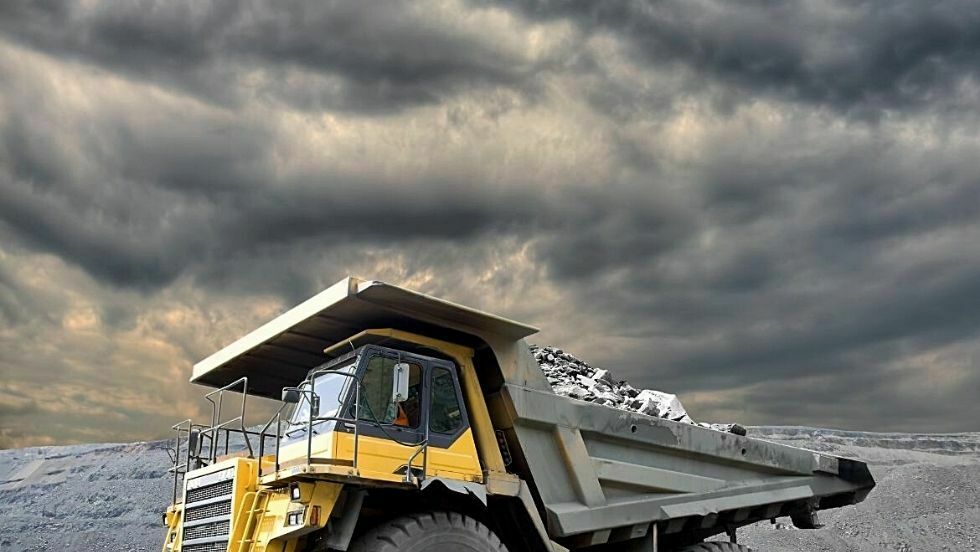Kaolin deposits are genetically available in two categories, primary “in situ” deposits and secondary “sedimentary” deposits. For surface mineral extraction, the most traditional kaolin mining method has been open mining (open-pit) and followed by another typical hydraulic mining method. We are going to explore more about those two kaolin mining methods. But before that, it is worthy to know where the kaolin mines are or the best producers of this clay mineral in the world.
Where is Kaolin Mined?
Kaolin deposits abundantly exist across continents worldwide. We can find them in the following areas.
- Europe (Cornwall and Devon of the United Kingdom, Bulgaria, Spain, Germany, French, and the Czech Republic);
- America (the United States southeastern regions like Sandersville or 13 “white gold” counties in central Georgia);
- South America (the lower Amazon Basin in Brazil);
- Asia (Indonesia, Malaysia, Pakistan, Vietnam, the People’s Republic of China, South Korea, India, Iran, and Bangladesh); and
- Africa (South Africa and Tanzania).
Each mine in the above regions uses its own kaolin mining method, mining equipment, and kaolin processing phases.
The Kaolin Mining Method
In general, there are two patterns to extract minerals (mining), including kaolin, namely open-pit mining (surface mining) and closed mining (underground mining). It will greatly depend on the landscape and the types of deposits contained in it.
On this occasion, regarding the surface kaolin mining method, we will further discuss two techniques, namely open mining and hydraulic mining.
#1 – Open Mining
This open mining method has various names like open-pit mining, open-cast mining, open-cut mining, or even mega-mining (for larger contexts). As the name implies, it is basically a surface mining technique to extract minerals or rock from the earth through an open-air pit, or occasionally called as borrow.
This form of mining method will extract commercially useful deposits (ores or rocks) encountered at the surface. They can do that since tunneling is unsuitable for the minerals of interest or because the overburden is comparatively thin.
Overburden is the layer under the earth’s surface removed to mine any mineral deposit, about a hundred feet or more. The process usually uses heavy machinery like excavators, power shovels, draglines, front-end loaders, scraper-loaders, shale planers, backhoes, etc.
As for the kaolin mining method, two examples of white clay open-pit mines are in the USA, namely the Kaolin Capital of the World in the City of Sandersville and the “white gold” belt of 13 counties in middle Georgia.
#2 – Hydraulic Mining
Widely known and used before and during the California Gold Rush in the 1850s, hydraulic mining is the second typical kaolin mining method. Even more, we can date back the use of this hydraulic excavation technique to the ancient Roman that used water to mine soft underground deposits.
The true hydraulic mining technique uses powerful (high-pressure) water jets with nozzles called monitors. Many applied it to consolidated materials like sandstone, coal, and other hard rocks.
This method will also dislodge any mineral deposits from the hosts or other unconsolidated materials (sediments). These unstratified materials include placer deposits, mine tailings, alluvium, soil rich in iron oxides (laterites), soil rich in clay (saprolites), etc.
Hydraulic mining comprises three processes of hydraulicking, sluicing, and educing.
- Hydraulicking. It is a process of using a big water cannon (often called a “giant” or a “monitor”) to break up the mineral deposits and suspend them in a slurry.
- Sluicing. It is a process of moving or channeling the slurry to the sluice boxes or other places.
- Educing. It is the process that introduces the slurry to an enclosed circuit.
For example, in gold hydraulic mining, the rebounding water stream and mineral fragments will go to sluices, making the gold settle behind and washing away the lighter waste. Meanwhile, in coal hydraulic mining, the water will just break the coal from the seam and wash it to a designated collecting point.
The Contemporary Use
One of hydraulic mining’s contemporary uses is the excavation method, mainly to demolish hills. Whereas, the kaolin mines in southwestern England, Cornwall, and Devon, are other examples of the contemporary usage of this hydraulic kaolin mining method.
They have used high-pressure water jets (monitors) to release the white clay deposits from their host rocks. The further resultant slurry will undergo settlement and separation phases to remove other content like unaltered feldspar, mica, or quartz.
After each above kaolin mining method, the process will continue with further kaolin processing phases, such as bleaching, grinding, magneting, blending, drying, or even calcination.


Recent Comments